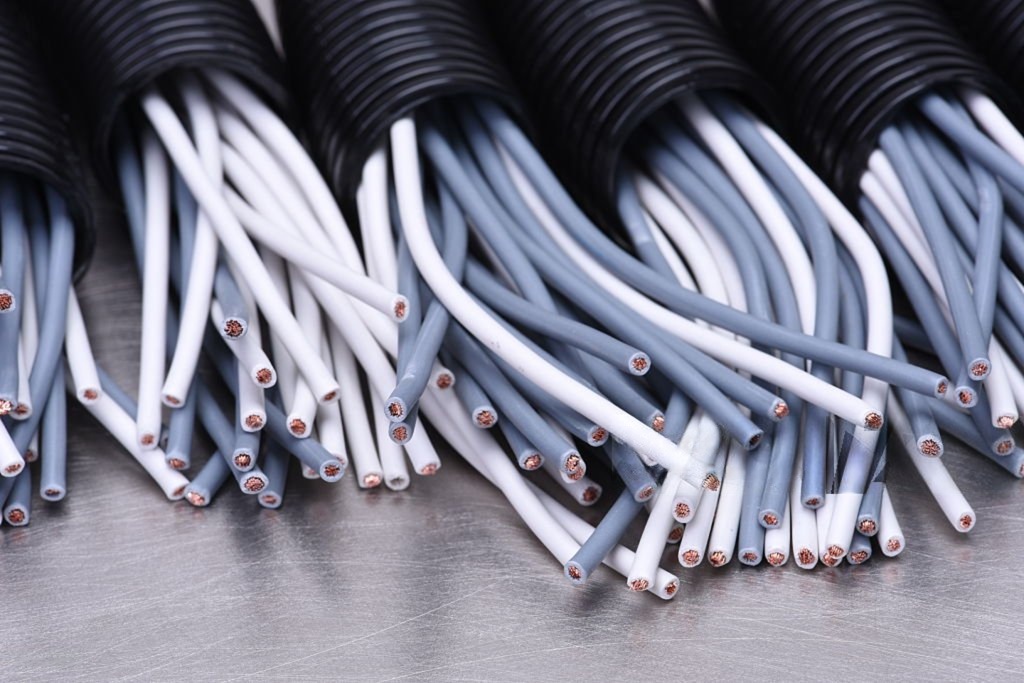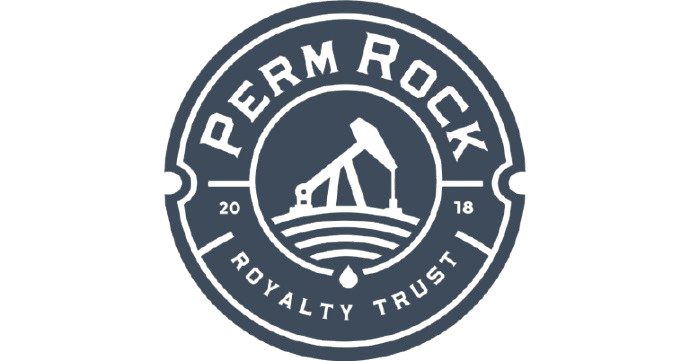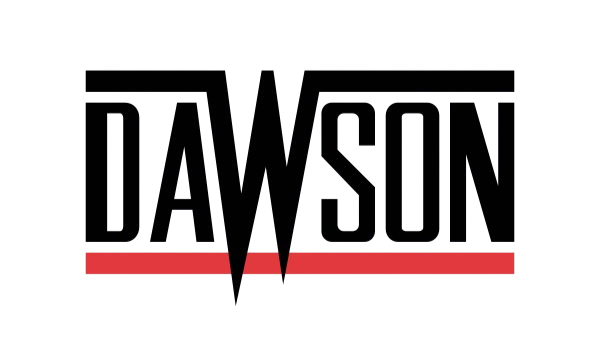
Choosing the Right Insulation for Your Harness: Silicone, PTFE, or XLPE?
When designing a custom wire harness, one of the most critical engineering decisions is selecting the right insulation material. Insulation not only ensures electrical safety but also defines a harness’s thermal tolerance, chemical resistance, flexibility, and lifespan. At Celestix Industries, we engineer harnesses for sectors ranging from automotive and aerospace to medical devices and industrial automation, where insulation performance is non-negotiable.
Why Insulation Choice Matters in Harness Design
Choosing the wrong insulation material can compromise system safety, reduce product life, and increase the risk of mechanical failure. Engineers must evaluate insulation not as a secondary layer—but as a critical component of the overall harness system.
Key Insulation Functions
Electrical Isolation – Prevents short circuits, current leakage, or arcing that could damage components or pose a safety hazard.
Thermal Resistance – It withstands high and fluctuating temperatures without degradation, which is crucial in engine bays and high-performance environments.
Mechanical Protection – Shields the conductors from vibration, bending, and external wear in dynamic or rugged applications.
Chemical Shielding – Protects the wires from fuels, oils, coolants, sterilants, and solvents common in automotive, aerospace, and medical environments.
Environmental Protection – Defends against UV, ozone, moisture, and dust to extend product lifespan, especially in outdoor or industrial installations.
Dielectric Strength – Maintains insulation integrity under high voltage to prevent breakdown and maintain system reliability.
Regulatory Compliance – Ensures adherence to UL, CE, RoHS, REACH, ISO, and other certifications required for regional and global markets.
Manufacturing Processability – Enables reliable stripping, crimping, soldering, and overmolding operations without damaging the insulation.
Comparison Table: Silicone vs PTFE vs XLPE
1. Silicone: Heat-Resistant & Flexible
Silicone insulation wiring harnesses are used in high-movement and high-temperature applications.
Key Features
This design is highly flexible and ideal for dynamic systems like robotic joints, car doors, or medical arms.
Stable across wide temperature ranges and maintains elasticity.
Resistant to UV, ozone, and outdoor environmental degradation.
Flame-retardant and halogen-free, meeting international safety and green standards.
Easily processed in manufacturing; supports overmolding and complex assemblies.
Best Use Cases
Electric vehicle battery and sensor harnesses
Surgical and diagnostic medical devices
HVAC units and smart appliances
Renewable energy installations in harsh climates
Pros
Outstanding flexibility for compact or mobile layouts
Thermally stable and resilient over long product lifespans
Biocompatible and safe for medical or consumer use
Cons
More expensive than commodity insulations
Prone to abrasion under rugged physical stress
2. PTFE: The Chemical Shield
PTFE insulation is the premier choice for chemically aggressive and high-voltage environments.
Key Features
Inert to almost all chemicals, acids, bases, fuels, and industrial solvents.
Maintains mechanical and dielectric performance in extreme conditions.
Suitable for RF, high-speed data, and precision signal applications.
Performs reliably in aerospace, cleanroom, and vacuum environments.
Best Use Cases
Aerospace navigation, avionics, and fuel systems
Military communication and missile control harnesses
Laboratory automation, pharmaceutical process equipment
Pros
Highest chemical and thermal resistance profile
Reliable under extreme voltage and temperature swings
Low dielectric constant enables excellent signal fidelity
Cons
Requires special stripping and termination processes
Less flexible than silicone; unsuitable for tight bends or confined spaces
High cost; justified only for demanding specifications
3. XLPE: The Durable Workhorse
XLPE insulation balances performance and cost for mainstream industrial and automotive systems.
Key Features
Cross-linked molecular structure resists melting, abrasion, and heat deformation.
This material tolerates oil, fluid, and thermal exposure typical in under-hood conditions.
It is dielectrically strong, making it ideal for high-voltage industrial assemblies.
Compatible with automated production lines and overmolded designs.
Best Use Cases
Automotive engine, chassis, and interior harnesses
Powertrain controls in two-wheelers and off-highway vehicles.
HVAC controllers, lighting systems, and building automation
Pros
Economical for large-volume runs
Proven reliability in automotive and industrial settings
Compatible with IPC/WHMA-A-620 Class 2/3 standards
Cons
Moderate flexibility; not ideal for confined or dynamic movement zones
Slightly lower chemical tolerance than PTFE
4. Engineering Factors in Material Selection
When selecting insulation, consider:
Electrical Requirements – Voltage, frequency, and shielding needs for signal and power.
Thermal Environment – Steady operating temperature vs. spike conditions.
Mechanical Constraints – Routing space, bend radius, vibration, and wear zones.
Chemical & Environmental Exposure – Oils, fuels, sterilants, UV, ozone, and humidity.
Safety & Compliance Needs – Required certifications: ISO 9001, IATF 16949, CE, RoHS, REACH.
Processing Compatibility – Solderability, crimping force, and overmold material compatibility.
Scalability – Volume requirements from prototype to production and future expansion.
Industry-Specific Standards – Aerospace (AS9100), Medical (ISO 13485), Automotive (ISO 6722).
5. Why Partner with Celestix?
Celestix Industries offers:
End-to-end wire harness design, testing, and production
Certified processes (ISO 9001, IATF 16949, CE, UL, RoHS, REACH)
In-house lab for electrical, thermal, and chemical validation
5–6x scalable manufacturing capacity
Dedicated support for export and OEM integrations
Located in Pune with strategic global access
We align with your development timelines and compliance needs—delivering harnesses that meet application demands and international standards.
6. Frequently Asked Questions (FAQs)
Q1: Which insulation is most cost-effective for automotive wiring harnesses?
A: XLPE is ideal for automotive use—cost-efficient, rugged, and compliant with ISO and OEM standards.
Q2: Is PTFE suitable for high-voltage harnesses?
A: Yes. PTFE's high dielectric strength and chemical resilience make it the best choice for demanding high-voltage and aerospace systems.
Q3: Can I mix insulation types in one harness?
A: Absolutely. Celestix customizes hybrid harnesses to meet varying segment needs (e.g., silicone in flex zones, XLPE in static runs).
Q4: What testing is performed on insulation?
A: Our lab conducts tensile strength, flame resistance, crimp cross-section, thermal cycling, and chemical soak testing.
Q5: Are your harnesses globally compliant?
A: Yes. We meet ISO 9001, IATF 16949, CE, RoHS, REACH, and IPC/WHMA-A-620 standards across all production batches.
7. Need Expert Support?
Whether you're developing an automotive, medical, or industrial harness, Celestix will help you select and validate the proper insulation.
Email: info@celestixindustries.com
Request a Quote: Get a Quote
Contact Us: Contact Form
Celestix Industries — Trusted partner in certified wire harness solutions.








